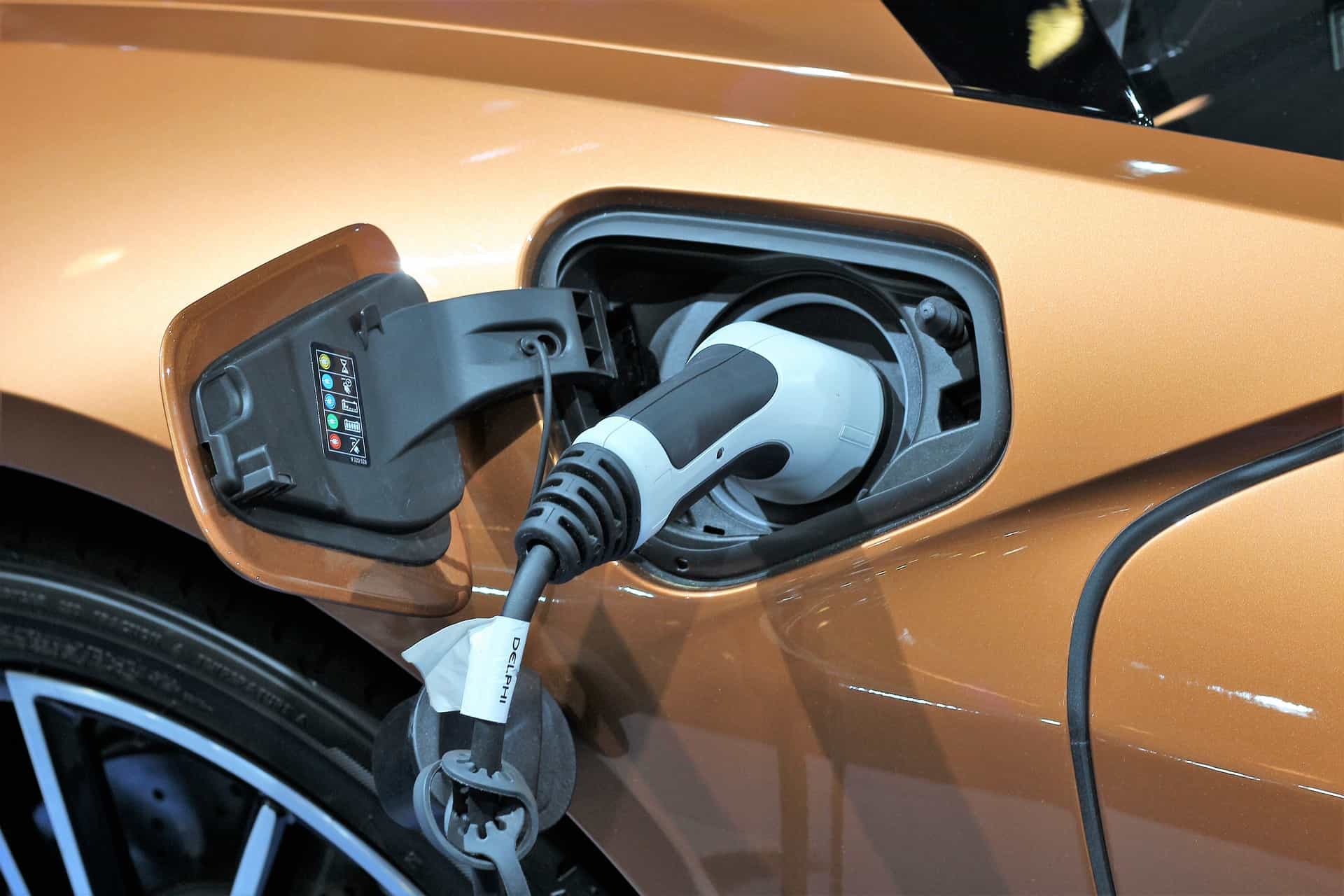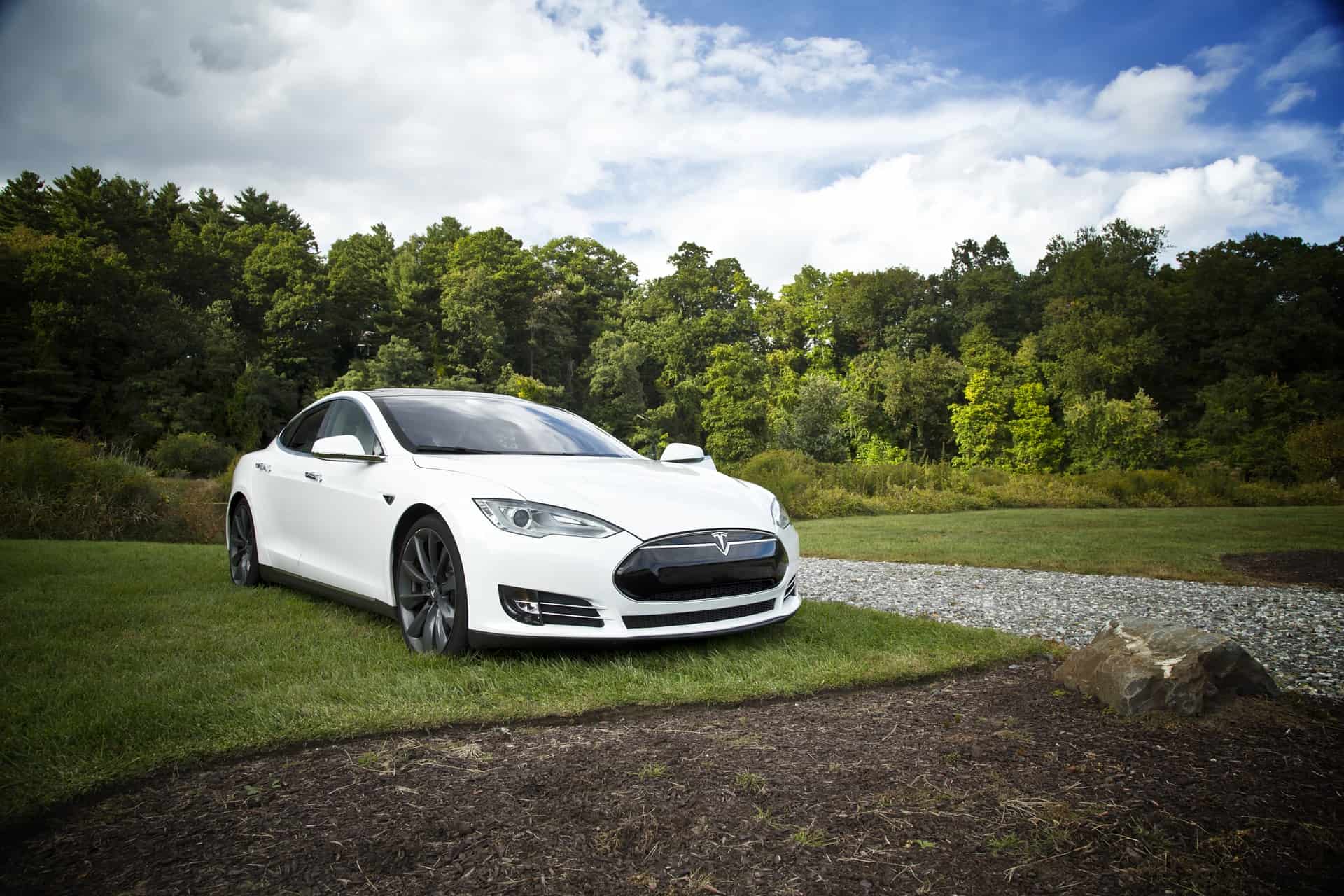Are hybrid cars at the end of the road?
The sun is setting on plug-in hybrids (PHEVs) in the UK. A series of market, regulatory and technical changes mean that demand is slowing, and as those factors continue to snowball, we will soon see the ultimate demise of PHEVs, and a corresponding increase in battery electric vehicle (BEV) sales.
The Society of Motor Manufacturers and Traders (SMMT) recently published new car registration figures for 2018, which showed that registrations of all plug-in cars reached record levels last year, but demand specifically for PHEVs showed signs of waning. This is understandable as hybrid plug-ins were always intended to be an interim solution until BEV vehicles, with longer ranges, became more affordable and practical.
The Plug-in Car Grant for PHEVs was axed by the government in October 2018, as part of a new and improved system intended to increase uptake of electric and hydrogen fuel cell vehicles. Although the changes were initially meant to take place from 9 November 2018, the Department for Transport brought forward the start date to 22 October 2018, after a huge spike in last minute sales.
In November 2018, the overall European passenger plug-in market achieved +31% year over year (YoY) sales. There were some 37,500 registrations, pulling the year-to-date (YTD) count to 345,000 deliveries (+34%). In the broader context, the 2018 EV market share grew to 2.4%, thanks to a 3.2% market share in November.[1] However, BEVs here were still a bit less than half PHEV sales at best in a given month.
The top electric cars (in terms of YTD unit sales) across the bulk of Europe included the Nissan Leaf, Renault Zoe, Mitsubishi Outlander PHEV, VW e-Golf, BMW i3 and Volvo XC60.
When comparing sales for BEV and PHEV, there are significant variations. On the fully electric vehicle side, sales jumped 96% YoY, the segment’s highest growth rate since July 2014, and hit a record 23,000 registrations (61% share of all plug-ins), allowing them to surpass PHEVs in the total year breakdown.[2]
One can infer from the growth rate that BEV sales will cannibalise PHEV sales, although there multiple factors forcing PHEVs to lose ground.
WHY ARE PHEVS IN TROUBLE?
At the Electric Vehicle Charging Innovations event[3], speakers said that PHEV days were numbered, for several reasons. Firstly, PHEVs have inbuilt complexity of running both a petrol engine and an EV drive train, which complicates servicing and maintenance, costing more per vehicle.
In the early days of the electric vehicle market, PHEV manufacturers argued that batteries were expensive, and slow to charge, which lead to a limited range and inconvenience for users.
However, as BEVs can today attain longer ranges, the argument has become less compelling. Drivers can enjoy 280 miles in a Hyundai Kona and Nissan has a 60kWhr Leaf coming out this year with similar range performance, which the Tesla model S also boasts. BEVs are becoming more affordable, have improved charging times, better infrastructure, improved design and usability features, while acceleration has become best-in-class. In addition, as consumer awareness has improved, the purchase of a BEV has become a stronger social statement than owning a hybrid.
Another key factor is that PHEVs have in the past been used as a tax avoidance measure for company car drivers, as they benefit from a low carbon output on paper. However, most PHEV drivers simply do not charge their cars and just use them as an inefficient petrol vehicle – Governments have got wise to this and therefore are phasing out subsidies on PHEVs.[4]
PHEV sales continue to feel the sting of the new WLTP (the Worldwide Harmonised Light Vehicle Test Procedure) standard – used to measure vehicle fuel consumption and CO2 emissions, which came into force in Europe 1 Sept 2018. WLTP results are now closer to real-world usage than the figures created by the previous New European Driving Cycle (NEDC) tests. Consequently, nine of the top-10 best-selling plug-in hybrids in the first half of the year have either been removed from sale or are no longer rated as offering less than 50 grams per kilometre of CO2, the figure below which the car is rated as being ultra-low emission and therefore eligible for tax breaks. PHEV sales were down (-14% in November) for the third month in a row, the segment’s worst downward trend.[5]
At a practical level, the fact that all hybrids have some form of dual drive-train means that production costs are higher, which ensures that in the long term BEVs will become cheaper than hybrids first, and eventually cheaper than fossil fuel cars.
At a psychological level, it is certainly arguable that the phrase ‘hybrid’ implies a bridge technology to somewhere else (in this case pure electric cars) and since hybrids are often purchased for ethical or running cost reasons their buyers will always be incentivised to choose a more refined option where they can. While initial hybrid marketing successfully portrayed them as being the most practical face of electric vehicles, this is already no longer the case, and will increasingly cease to be so.
ELECTRIC VEHICLE ADOPTION WILL BE QUICKER THAN EXPECTED
It is likely that the speed of the shift will surprise most consumers. Although incremental progress in car manufacturing over the past century has been the norm, we now face technological revolution, comparable with the shift from black and white to colour TV or cathode-ray tubes (CRTs) to liquid crystal displays (LCDs); button-based feature phones to touch-screen smartphones or even going back to the early Edwardian period, the transition from horse-drawn carriages to internal combustion engines.
For example, the first ICE (internal combustion engine) vehicles appeared at the end of the 1880s (Benz) and by 1908 ICE vehicles had overtaken horse-drawn carriages. In the US, the automobile market jumped from hundreds in 1900 to 23,000 in 1905 and 100,000 in 1908.[6]
In the very late Victorian to early 20th century, ICEs had to compete with other vehicle technologies including steam and (surprisingly) electric cars. That competition is equivalent to what we’re seeing now with various forms of hybrid technology and promise of hydrogen fuel cells (though they are a dead end for normal cars). The difference now is that environmental and potentially geopolitical considerations are forcing battery, energy and charging innovation to favour BEVs.
The UK government’s position is that pure ICE cars can no longer be sold after 2040, but based on previous transitions it is likely the transition will be much sooner. The government has already published its Road to Zero strategy, which contains a proposal to remove cars powered by petrol and diesel cars entirely from UK roads by 2050,[7] placing a hard stop on the debate.
Initiatives such as London’s new Ultra-Low Emission Zone (ULEZ) also highlight the push to adopt “cleaner” vehicles, as drivers of older cars will have to pay a £12.50 daily charge across a zone reaching out to the North and South Circular in 2021.
The excellent Fully Charged[8] video on barriers to adoption covers this in detail [2], but even here they project a transition that’s slower than might be expected. Part of the reason, we think, for this is that new technology must be significantly better than incumbent technology in order to reach market parity, simply because people buy what they are most familiar with.
Is this really the beginning of the end of the road for PHEVs? Once a new technology reaches market parity, there’s very little incentive to buy the alternative, causing a sudden catastrophic drop in demand. Today BEVs primarily compete with PHEVs, and thus when they reach parity (which is where we believe are now), PHEV adoption will plummet, boosting BEV sales further. Hybrids are now the primary competitor for petrol cars as they both displace diesels, but once BEVs reach parity with hybrids, the same effect will take place. This is highly likely to happen around the 2022 to 2025 timeframe for new sales.
[1] https://cleantechnica.com/2019/01/01/let-the-fully-electric-flood-begin-europe-ev-sales-report/
[2] https://fuelincluded.com/2019/01/let-fully-electric-flood-begin/
[3] https://www.electrichybridvehicletechnology.com/event/electric-vehicle-charging-innovations-industry-showcase
[4] https://www.fleetnews.co.uk/news/fleet-industry-news/2018/10/11/government-cuts-plug-in-car-grant
[5] https://europe.autonews.com/article/20181012/ANE/181019882/how-wltp-emissions-rules-hit-plug-in-hybrid-sales
[6] https://www.quora.com/How-long-did-it-take-to-get-horse-drawn-carriages-off-the-roads-in-favour-of-cars
[7] https://www.bbc.co.uk/news/business-45831150
[8] https://www.youtube.com/watch?v=9k7k3Mzknm8
To find out more, please visit https://www.bytesnap.com/bytesnap-in-consortium-to-develop-pioneering-v2g-technology/
How can ByteSnap help you today?
From start-ups to blue chips, ByteSnap’s embedded systems software developers are enabling companies to stay a step ahead by providing them with bespoke solutions. Maintain your competitive edge – contact us today and let your business be among them!






